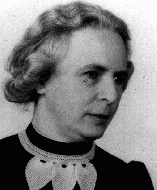You searched for: 爱尔兰谷歌推广开户【TG飞机:@bapingseo】谷歌优化开户推广靠谱【TG电报:@bapingseo】體育交易所快速搭建【Telegram:@bapingseo】58彩票app下载58iosnba哪里可以下赌注?D2v4B5/kG1kqb.html
<< Previous | Displaying results 1-10 of 39 for "爱尔兰谷歌推广开户【TG飞机:@bapingseo】谷歌优化开户推广靠谱【TG电报:@bapingseo】體育交易所快速搭建【Telegram:@bapingseo】58彩票app下载58iosnba哪里可以下赌注?D2v4B5/kG1kqb.html" | Next >>
-
The Riegner Telegram
ArticleThe Riegner telegram detailed the Nazi plan to systematically murder European Jews. It was sent to the British and American governments in August 1942.
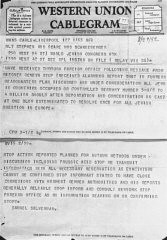
-
New York World Telegram verdict headline
ArtifactThe front page of the New York World Telegram newspaper from Tuesday, October 1, 1946, announcing the sentences of the International Military Tribunal defendants.
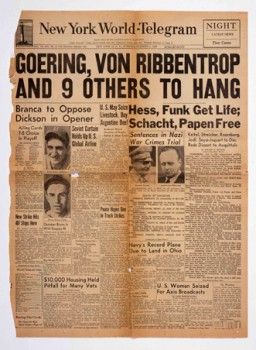
-
Telegram from Quanza Passengers to Eleanor Roosevelt
PhotoThe SS Quanza was a Portuguese ship chartered by Jewish refugees attempting to escape Nazi-dominated Europe in August 1940. Passengers with valid visas were allowed to disembark in New York and Vera Cruz, but that left 81 refugees seeking asylum. On September 10, 1940, they sent this telegram to First Lady Eleanor Roosevelt to implore her for help.
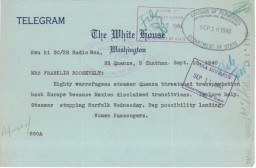
-
Second telegram from the Chief Rabbi of Vilna asking for aid
DocumentA second RCA Radiogram telegram from Rabbi Grodzenski, Chief Rabbi of Vilna, to the Central Relief Committee in New York. He requests aid for refugees who have gathered in Vilna. The telegram says that more than 1,600 yeshiva students and their families from over 10 cities throughout Poland have fled to Vilna, where they remain in terrible living conditions. November 5, 1939. [From the USHMM special exhibition Flight and Rescue.]
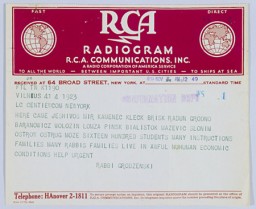
-
Milk can used to store content of the Oneg Shabbat archives
ArtifactOne of the milk cans used by Warsaw ghetto historian Emanuel Ringelblum to store and preserve the secret "Oneg Shabbat" ghetto archives.This milk can, identified as no. 2, was unearthed at 58 Nowolipki Street in Warsaw on December 1, 1950.
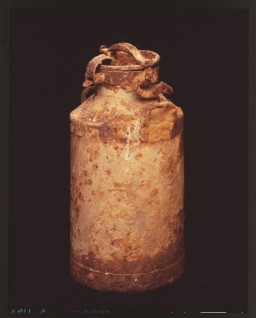
-
Operation "Harvest Festival"
ArticleLearn about Operation “Harvest Festival” (Aktion “Erntefest”), the Nazi attack against the remaining Jews of the Lublin District of the General Government.

-
Arrested for homosexuality
PhotoA waiter from Düsseldorf who was arrested by the Gestapo for allegedly having sexual relations with other men. Düesseldorf, Germany, 1938. [RW 58-61940] The Nazi regime considered homosexuality a moral vice that threatened the current and future strength of the German people. They carried out a campaign against male homosexuality that included shutting down gay and lesbian meeting places and arresting men under Paragraph 175, the statute of the German criminal code that banned sexual relations between…
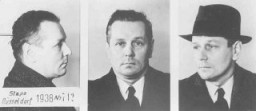
-
Bernhard Liebster
ID CardBernhard, who was from a religious Jewish family in the Polish town of Oswiecim, emigrated as a young man to Frankfurt, Germany. There he married Bertha Oppenheimer from the nearby town of Reichenbach. They settled in Reichenbach where they were one of 13 Jewish families. Bernhard worked as a shoemaker, and the couple raised three children. 1933-39: In a corner of his living room, Bernhard ran a small shop specializing in orthopedic shoes. Antisemitism was growing in Germany, but the townspeople of…
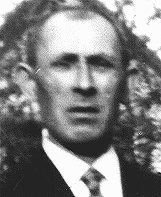
-
Advertisement for the Violetta women's club
DocumentA newspaper advertisement for the Damenklub Violetta, a Berlin club frequented by lesbians, 1928. Before the Nazis came to power in 1933, lesbian communities and networks flourished in Germany.

-
Anna Pfeffer
ID CardAnna, affectionately known as Aennchen to her family, was the daughter of non-religious German-Jewish parents. Her father died when she was young and Anna was raised in the town of Bruchsal by her impoverished mother. Anna married a well-to-do, older gentleman in 1905 and moved to the fashionable city of Duesseldorf, where he was a department store manager. By 1933 they had two grown sons. 1933-39: The Pfeffer's comfortable life unraveled after the Nazis came to power. The Nazis arrested Anna's brother…
